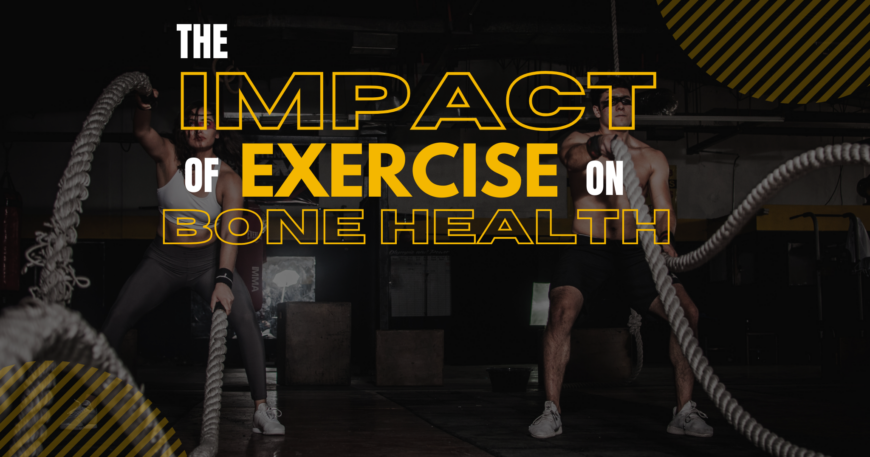
The Impact of Exercise on Bone Health
Bone health is crucial for overall well-being, and exercise plays a key role in maintaining and improving it. Understanding how different types of exercise for bone health can help you make informed decisions about your fitness routine.
The Science Behind Bone Health
Bones are constantly undergoing remodeling through bone formation and resorption. Several factors influence this balance, including genetics, nutrition, and physical activity. Weight-bearing and resistance exercises are particularly beneficial in promoting bone strength and density.
Types of Exercise and Their Effects
Weight-Bearing Exercises: These activities involve supporting your body weight against gravity, such as walking, jogging, dancing, and hiking. Weight-bearing exercises stimulate bone formation by creating mechanical stress on the bones, helping increase bone density and strength.
Resistance Training: This exercise involves working against a force, such as lifting weights or using resistance bands. Resistance training promotes bone health by enhancing muscle strength and stimulating bone-forming cells. It is especially effective for improving bone density in the spine and hips.
Balance and Flexibility Exercises: Activities such as yoga help improve balance and coordination, reducing the risk of falls and fractures. While these exercises may not directly increase bone density, they are crucial for overall bone health by preventing injuries that can lead to fractures.
Critical Benefits of Exercise for Bone Health
Increased Bone Density: Regular weight-bearing and resistance exercises can help increase bone mineral density, essential for preventing osteoporosis.
Enhanced Bone Strength: Exercise stimulates bone-forming cells and strengthens the bones by improving muscle strength, providing better support, and reducing the risk of fractures.
Improved Balance and Coordination: Exercises focusing on balance and flexibility help reduce the risk of falls, which is crucial for maintaining bone health, especially in older adults.

Recommendations for a Bone-Healthy Exercise Routine
Incorporate Variety: A well-rounded fitness routine that includes weight-bearing exercises, resistance training, and balance activities provides comprehensive benefits for bone health.
Consistency is Key: To effectively support bone health, aim for at least 30 minutes of weight-bearing or resistance exercise most days of the week.
Start Slowly and Progress Gradually: If you’re new to exercise or inactive, start with low-impact activities and gradually increase intensity to avoid injury.
Consult a Professional Physiotherapist: For personalized advice, consult a healthcare provider or a fitness professional, especially if you have existing bone conditions or other health concerns.
Conclusion
Exercise for bone health is a powerful tool in maintaining and improving bone health. Incorporating weight-bearing, resistance, and balance exercises into your routine can strengthen your bones, reduce the risk of fractures, and enhance overall well-being. Remember to stay consistent and consult a professional physiotherapist to tailor an exercise plan that meets your needs.


